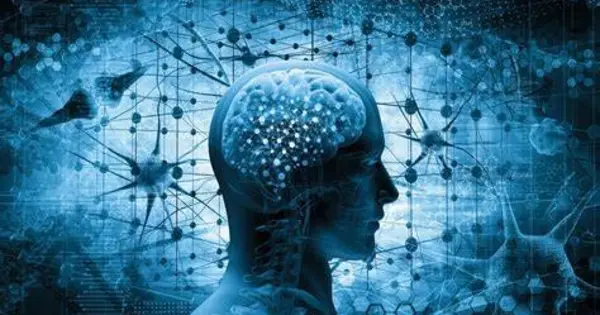Motor imaging is a cognitive process in which a person mentally rehearses or simulates a given movement without actually performing it. It is a mental process by which a person practices or replicates a specific action. It is commonly used in sports training as a mental practice of action, neurological rehabilitation, and as a research paradigm in cognitive neuroscience and cognitive psychology to investigate the content and structure of covert processes (i.e., unconscious) that occur before the execution of the action.
This mental simulation involves the activation of brain networks that are similar to those used in the actual movement execution. In some medical, musical, and athletic circumstances, when combined with physical rehearsal, mental rehearsal can be as effective as pure physical rehearsal (practice) of an action.
Definition
Motor imaging is described as a dynamic state in which a person mentally simulates a physical action. This type of phenomenal experience suggests that the person feels like they are acting. It corresponds to what sports psychologists refer to as internal imagery (or first-person perspective).
Motor imagery can be used for various purposes, including:
- Skill Acquisition: Athletes, musicians, and dancers often use motor imagery as a technique to enhance their performance. By mentally rehearsing movements, they can improve motor skills, coordination, and timing.
- Rehabilitation: Motor imagery is employed in physical therapy and rehabilitation programs to aid in the recovery of motor function after injury or stroke. By mentally practicing movements, patients can potentially strengthen neural connections and improve motor control.
- Pain Management: Some research suggests that motor imagery can be effective in reducing pain, particularly in chronic pain conditions. By focusing on imagined movements, individuals may distract themselves from pain sensations or modulate pain perception.
- Neuroscience Research: It is investigated in neuroscience to better understand the brain systems that govern movement planning and execution. This research has significance for several domains, including motor control, cognitive neuroscience, and rehabilitation science.
Motor visualization approaches sometimes entail clearly picturing the movement from a first-person perspective while including sensory aspects such as visual, aural, and proprioceptive information. It is crucial to highlight that, while motor imagery might provide benefits, it may not be a complete substitute for actual exercise, particularly in jobs demanding precise motor control or strength. However, when combined with physical practice, motor imagery can supplement and improve motor learning and rehabilitation outcomes.
















